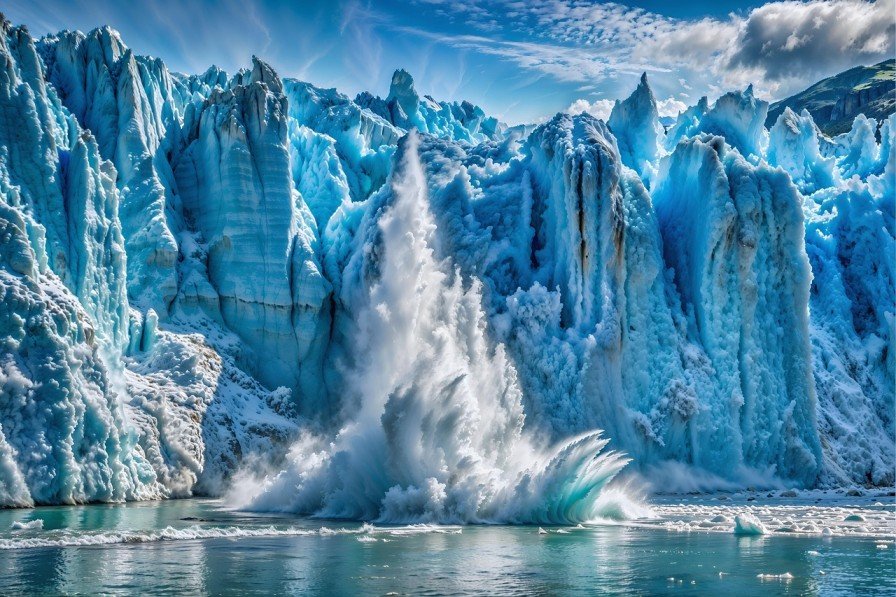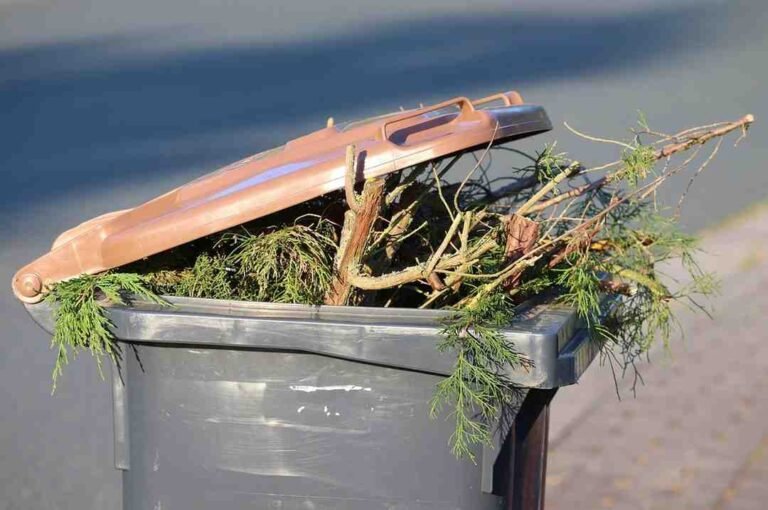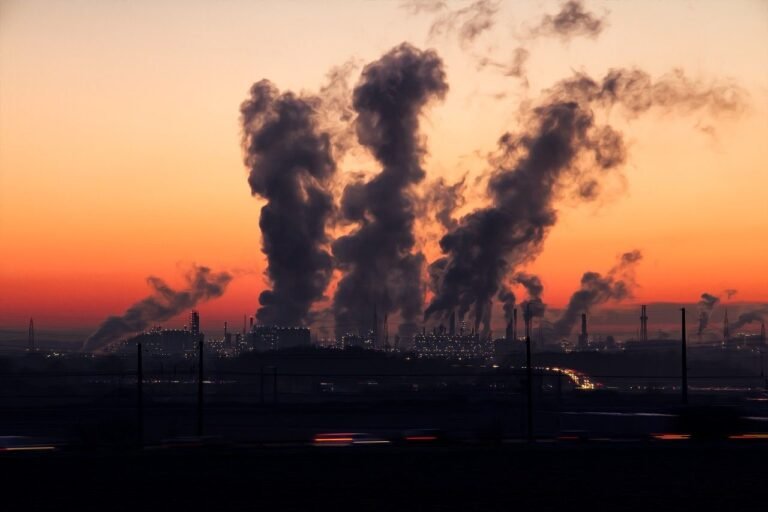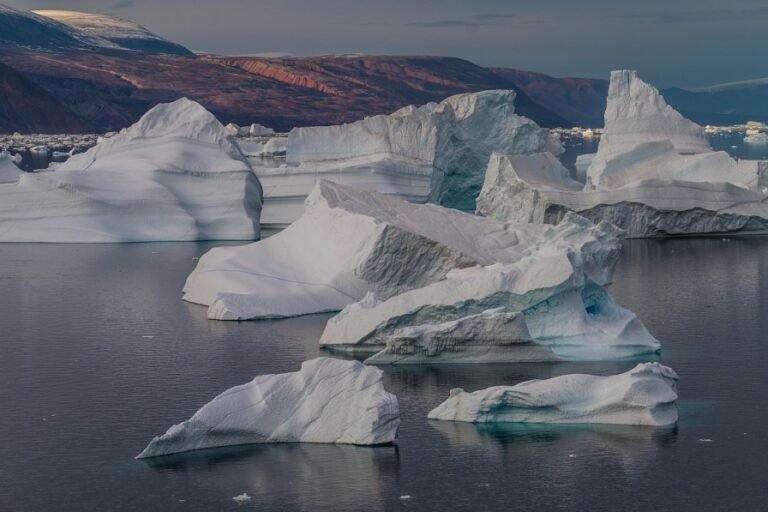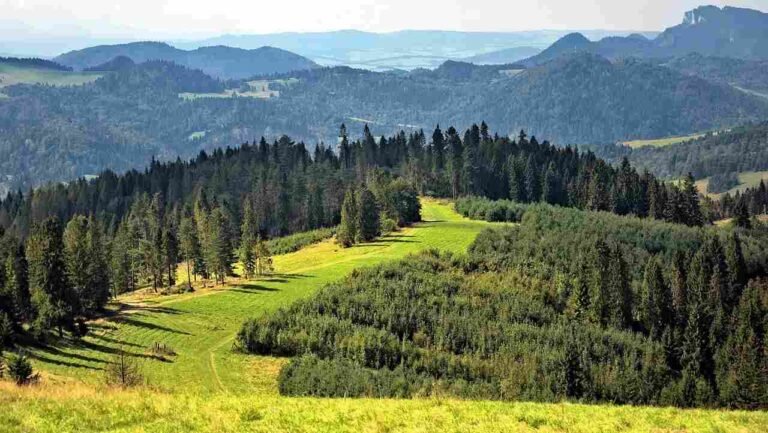Glaciers Today May Take Centuries To Recover
It’s true that glaciers today may take centuries to recover even if we reverse Global warming. The new study finds out that Glaciers will not recover even if we try to reverse or limit the growing global warming to 1.5 degrees Celsius.
This is the research done by the UK’s University of Bristol and Austria’s University of Innsbruck, as they present the first global simulations of glacier changes up to 2500 or so-called overshoot scenarios, and this is when temperatures cross 1.5 Degrees and up to 3 Degrees before starting to cool back down.
Table of Contents
Will Glaciers Today May Take Centuries To Recover?
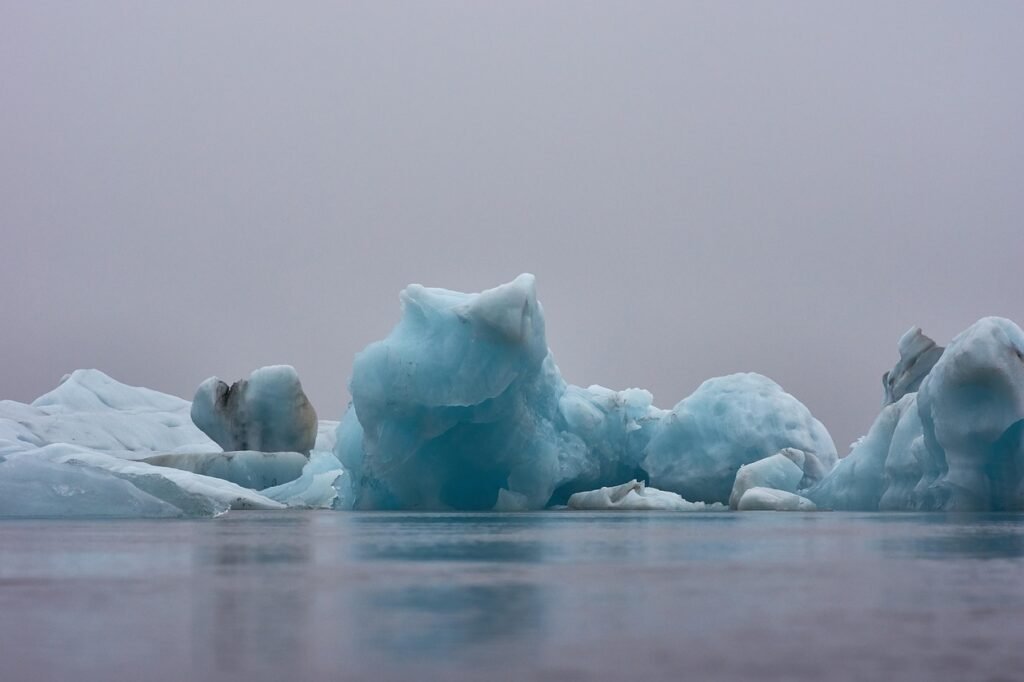
Yes, it will take centuries to recover from the changing climate and intense Global warming, even if we reverse them today. Unfortunately, we still have to face the intense consequences, and most of the credit for such rapid changes goes to our human activities, which are deteriorating the health of our Mother Earth.
Glaciers store a lot of fresh water that we consume, especially in the Antarctica, the coldest continent that exists today.
Current climate policies that exist are driving Earth to a hotter future that’s close to 3 Degrees in the future, said by Corresponding author Dr Fabien Maussion, Associate Professor in Polar Environmental Change at the University of Bristol.
We aimed to discover whether we can recover Glaciers when the planet cools down and this is because of intense global warming and climate change.
It’s a question many people ask whether glaciers will regrow in our time or during our children’s time.
The current rate of Global warming and Climate change is alarming, and we can overshoot the goals of the Paris Agreement. For example, Last year was the calendar year when we exceeded the 1.5 Degrees mark.
The climate scientists around the world assessed possible future glacier evolution under some strong possible scenarios and found that Global warming can reach up to/ overshoot 3 Degrees by the year 2150.
Climate change is transforming the planet. We should be ready in every possible way, but in reality, we are lacking from every possible angle as we are transitioning to renewable sources now, but the speed is drastically slow, which can raise questions like, can we really achieve our climate goals and other sustainable development goals?
- 16% glacier mass is at risk to be lost by 2200 and 11% more by 2500, if the global warming keeps on increasing at this rate.
- 35% are already committed to melt even at 1.5 Degrees.
- This extra melted water will eventually reach oceans, helping to cause sea level rise, affecting coastal regions, agriculture, and the economy of various countries around the globe. We may even lose a lot of freshwater sources this way.
- Our models even show that “Large glaciers will take centuries, if not millennia, to recover, and small glacial regions like the Alps, the Himalayas, and Tropical Andes won’t see fast recovery, but it’s possible around 2500, and today it’s only 2025.
- Glacial meltwater in the mountain regions is essential for communities living there, for downstream communities, especially when seasons is dry.
- When the glaciers melt, they temporarily release more water, a phenomenon also known as glacier peak water.
Conclusion On Glaciers Today May Take Centuries To Recover
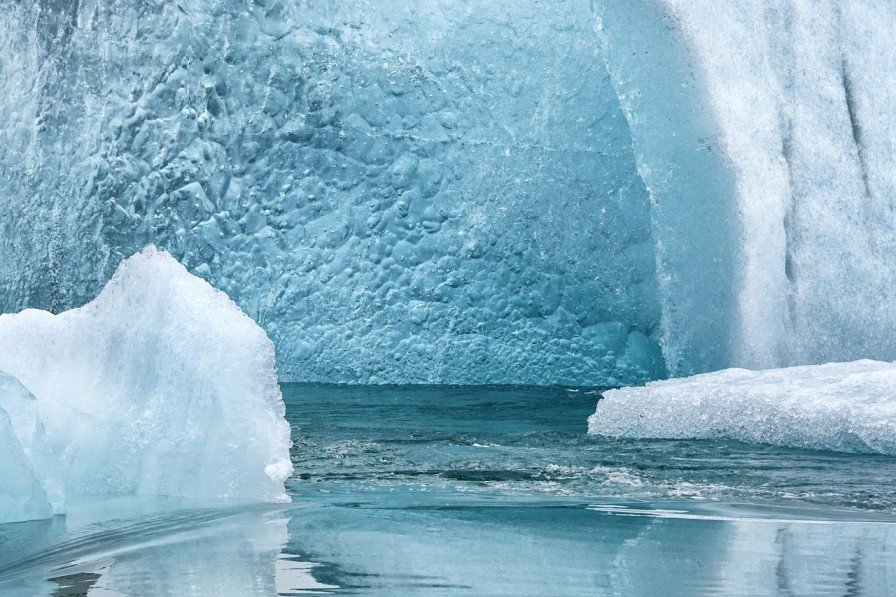
We have to take urgent actions, and make informed decisions, We need Global support, review our policies, and transform our actions into sustainable practices.
By achieving sustainable development goals, we can help reduce the impact of global warming on Glaciers and the rest of the planet.

